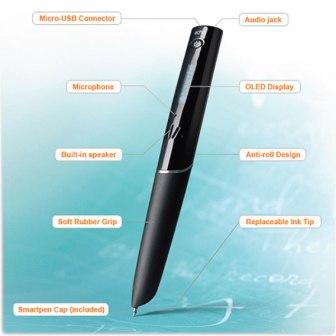

If you want to save and reuse the example scripts from this documentation, open the AppleScript Editor application (found in the Utilities folder), and display its preference window by selecting “Preferences…” from the Application menu. Use the links in the red navigation box on the right, to view the pages for each topic.
#CAN A MAC NOTES APP FILE BE SEARCHED HOW TO#
The following pages will examine in detail how to use AppleScript to automate the creation and management of notes. Double-click the Notes application in the library palette list to open its dictionary viewer window. In the forthcoming choosing sheet, navigate to the Applications folder and select the Notes application:Ĭlick the “Open” button and the Notes application will be added to the Library list. If the Notes application is not already on this list, you can add it to the library list by clicking the plus button at the top left of the palette. This palette contains easy-to-access links to popular scriptable applications in the OS. In the AppleScript Editor application, select the “Library” menu item from the “Window” menu to summon the Library palette. To view the scripting dictionary for the Notes application, launch the AppleScript Editor application found in the Utilities folder. And vice versa.Īnd the Notes application includes AppleScript support, wih a scripting dictionary enabling the various application elements to be queried and controlled using AppleScript scripts.

Notes works with iCloud, so when you create or edit a note on your Mac, it automatically updates on your iPhone, iPad, and iPod touch.

Pin important notes to your desktop so they’re easy to get to. Use the Share button to send your notes with Mail or Messages. You can add, delete, and flip through your notes or do a quick search. Make it even more noteworthy with photos, images, and attachments. The Notes application is designed for whatever’s on your mind, wherever you happen to be.


 0 kommentar(er)
0 kommentar(er)
